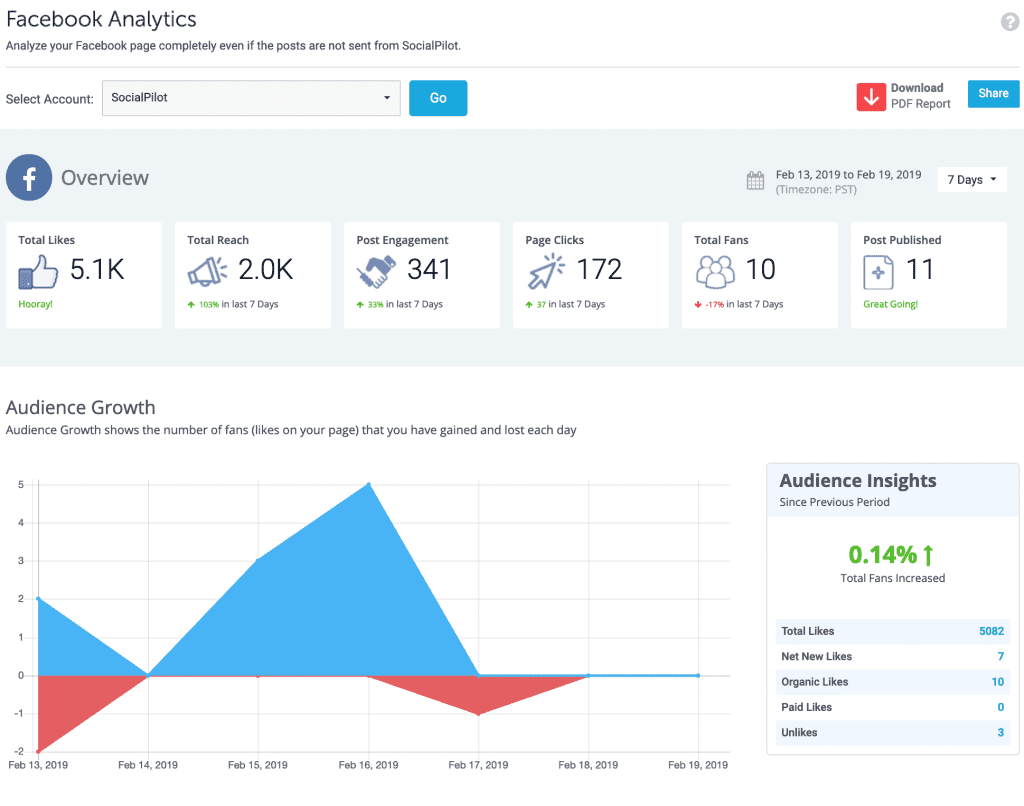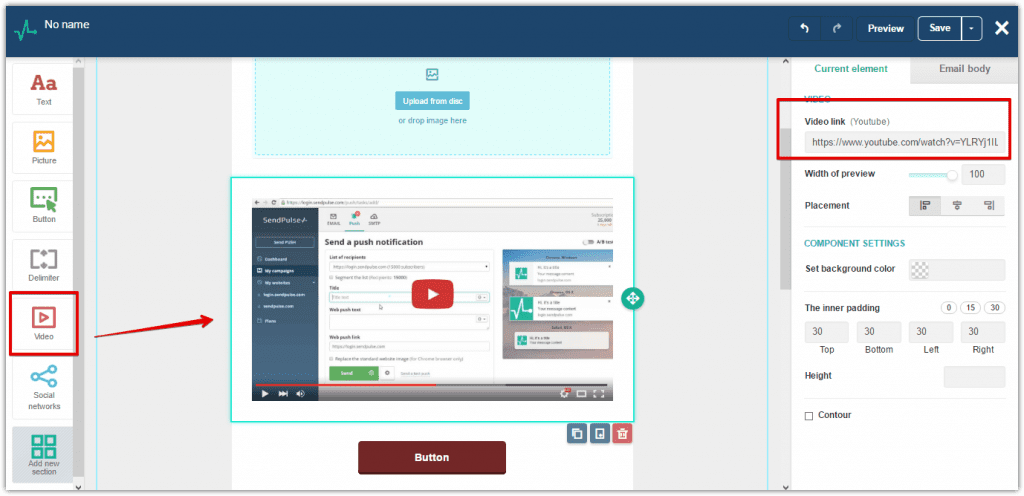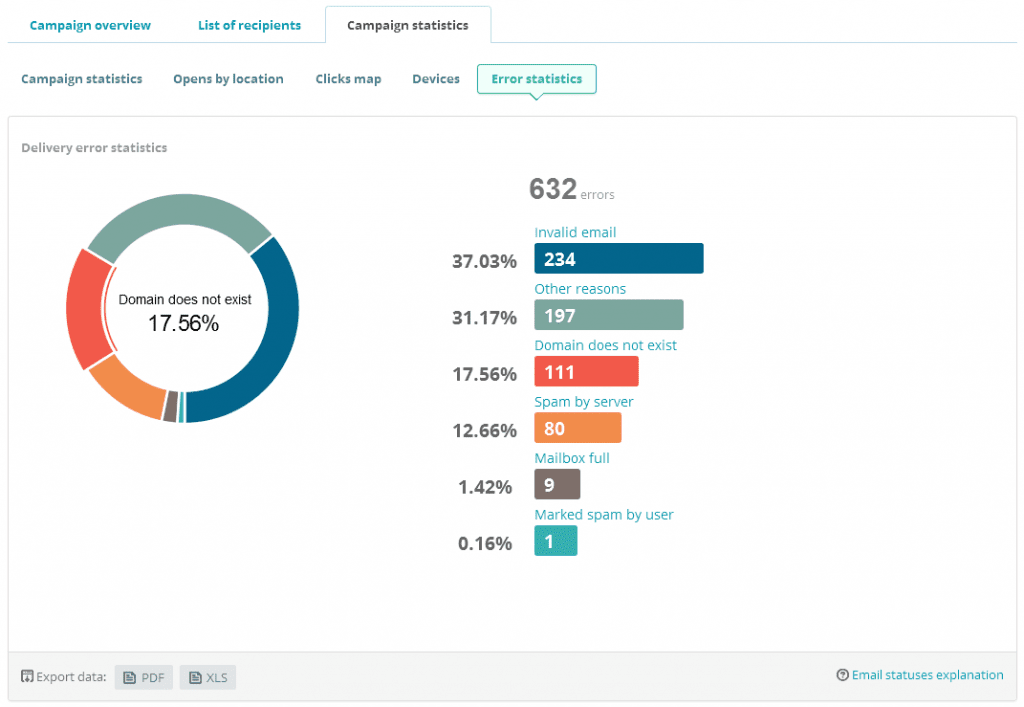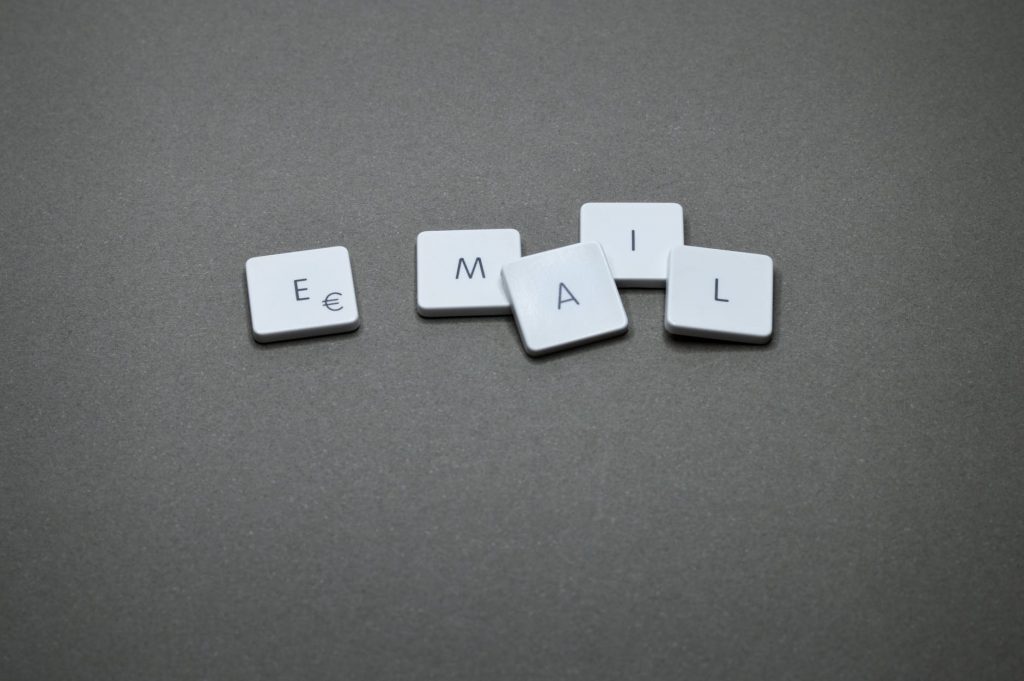
If you run a business in a B2B (Business to Business) market, then you may be wondering what the best ways to reach new clients and customers are. Many people who run a B2B business find that many of the online marketing channels don’t really fit their business and marketing needs, so they feel confused about what they should be doing.
However, the best way is actually to keep it simple, and although this really applies with all marketing you do, whether B2B or B2C, for this example since we’re focusing on B2B, then we need to know the quickest and most effective ways of reaching those clients are.
In this post, we’re going to be using email outreach, which is slightly different from email marketing, although much of the same processes and set up is the same.

How to Build a Winning Email Marketing Plan in a Few Hours
Email marketing is used to market products and services to people who are coming through your email funnel and have something of a relationship with you, whereas emai outreach is where you approach people who have never heard of you and let them know about your products and services.
Email marketing can be done in both B2B and B2C industries, but email outreach, although technically can be done in both, is more successful in B2B, and when using it in B2C, you have to be very careful to make sure you’re abiding by the rules and not spamming people.
You may think that sending cold emails to people who have never heard of you before is spammy and that you won’t get very far, but as with all types of marketing, it’s never about what you do, it’s more about how you do it.
People can see great success on webinars or using Facebook ads, and others in the same industry can see very little or no results, purely because of how they approached and executed their campaign.
So, in this post, we’re going to share with you step-by-step how exactly to set up your B2B email campaign for success.
Do your research

Social Media Marketing Automation 101
No matter what big project you’re beginning, the success of it will always depend on the research you do, and although doing research may not be your favorite thing in the world – especially if you’re creative and just want to just dive right and get started, taking some time to research what you’re getting into is going to help you massively in the long run, so you really should consider this before doing anything else.
Doing research doesn’t mean that this is what you need to spend all your time on, or that you should be spending months on it, but you should be setting aside some time to work on researching the people who you’re potentially going to be sending your campaign to.
Not only will this make your campaign more immediately successful in terms of how many YES replies you get, but even those who aren’t ready to work with you right now will be more impressed by the fact that you’ve taken time to get to know their company and their needs before you start contacing them and offering things that they may not even need since this just gives the impression that you’re only after their money.
For the purpose of this post, we’re going to use the example of a copywriter who would be looking for clients to show you exactly what the research process would look like and entail. Thankfully nowadays, with so much information available online, we have easier access to things that we wouldn’t have had twenty years ago, but this doesn’t mean that the process of researching isn’t still overwhelming.
The first step of researching is to open up a new spreadsheet on your computer – of course you can use pen and paper if you prefer, but having a spreadsheet makes it easier to keep track of the information you’re inputting and you can also add links which can definitely save you a lot of time.
Once you have your spreadsheet open, you should name it something like email outreach/lead list/propect list, etc – just something that you’ll be able to easily recongnize it by.
Now that you have it set up, then you’ll name the first sheet in your spreadsheet as “research” – this allows you to have a sheet for each stage of your outreach campaign and be able to switch between so that you don’t need a new document for each one.
For the first stage of your research, you need to start adding the names of companies to your spreadsheet who you’d like to work for, then going to their websites and social media pages. The idea behind your research is, not only to see what things you could help them with anything, but to get a deeper understanding of them and their brand.
You should have a notes section on this sheet that allows you to enter any relevant information about your prospects to see which ones could be a good fit for you.
Create your prospect list

Subject Line: Reinvigorating Your Email Platform!
Based on your research that you’ve just done, now you’re going to start a new tab within your spreadsheet and name it “prospect list” or whatever you want that pertains to the information on that sheet. The idea here is to make a list of all the companies you want to work for.
On this sheet, you should have columns for their company, the contact person, the contact details of the person, the date you first contacted or plan to contact them, and then some notes about the outcome of that conversation.
In order to find the details of people, you can use tools like Hunter that allow you to find company email addresses when you enter a URL.
Write your emails

How to Write a Winning Sales Bio for Your Personal Brand
Before you can start reaching out to people, you need to have emails to send them – unless of course you’re going to be phoning them, though even in this case you should have some kind of idea of what you’re going to say which you can use to create a script of some kind, but for the purpose of this post, we’re going to assume you’ll be emailing.
When it comes to writing your emails, you can try these prospecting templates out and even tweak them a little to suit your business and tone, or you can completely create your own from scratch if you already know what you’re going to say.
The best tool to use for creating your emails is Google Docs since they’re going to be automatically saved, are accesible from any device and are completely cloud based, which means they’re safe in the event that you lose your computer or it crashes mid-writing.
Set up your autoresponder

Review: Make Modern Email Marketing Simple For You Business With SendPulse
The great thing about email is that it can be more or less automated, and when you’re using email for marketing purposes, then you will be using what’s known as an autoresponder service which is a feature of your email marketing or outreach service. This allows you to add your email text to the program and then schedule the email to go out at a certain time to everyone who you’ve added to your list, so in this case, your prospect list. Autoresponders will then go out to each person who receives your email depending on which action they took.
Link with your CRM
Your CRM (Customer Realtionship Management) tool is what will track the progress of each of your prospects from when they first hear of you until they become a customer, so it’s good to have this documented. Although you can essentially make your own CRM with something like Excel, it’s definitely better to have it through something like Hubspot so that you can automate it and also link it to your email outreach software.
Keep track of your metrics

Review: SendPulse – Easy Email Marketing for Small Businesses
No matter what you’re doing in your business, you should always be measuring and tracking what you’re doing so that you can see what’s working and what’s needing improved. This also applies to things like your outreach, so that you can see perhaps what needs to be adapted within your campaign and the emails you’re sending.
The easiest way to measure your metrics is simply by adding them into another tab on your spreadsheet and making it a point to track them each week by adding in things like how many people you reached out to, how many people opened, how many clicked, and how many actually resulted in sales.
Although you may not see a lot of growth at the beginning when you start tracking your metrics, you will see them grow over time as you keep tracking them, and if you’re using the right tactics when doing your outreach, then you’ll be amazed at what results you have over a year and just how much growth you’ve seen in this time when you’re making it a habit to consistently track and measure the campaigns you’re sending out each time you email someone.





